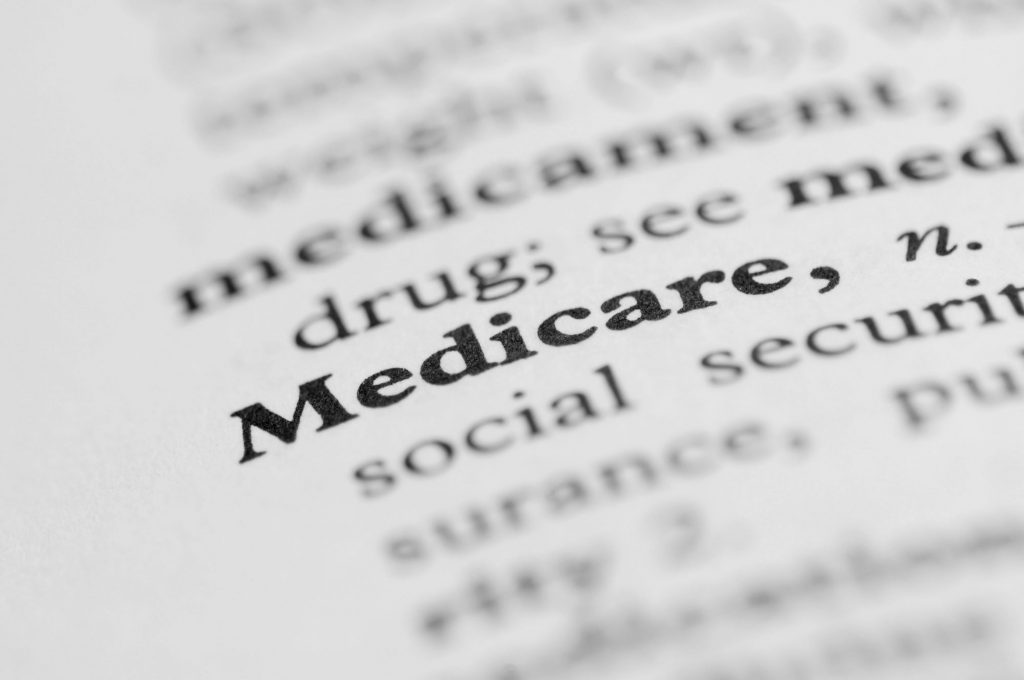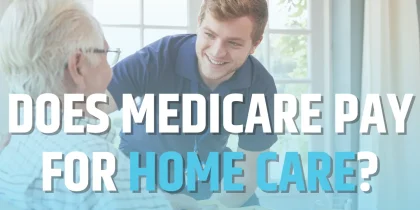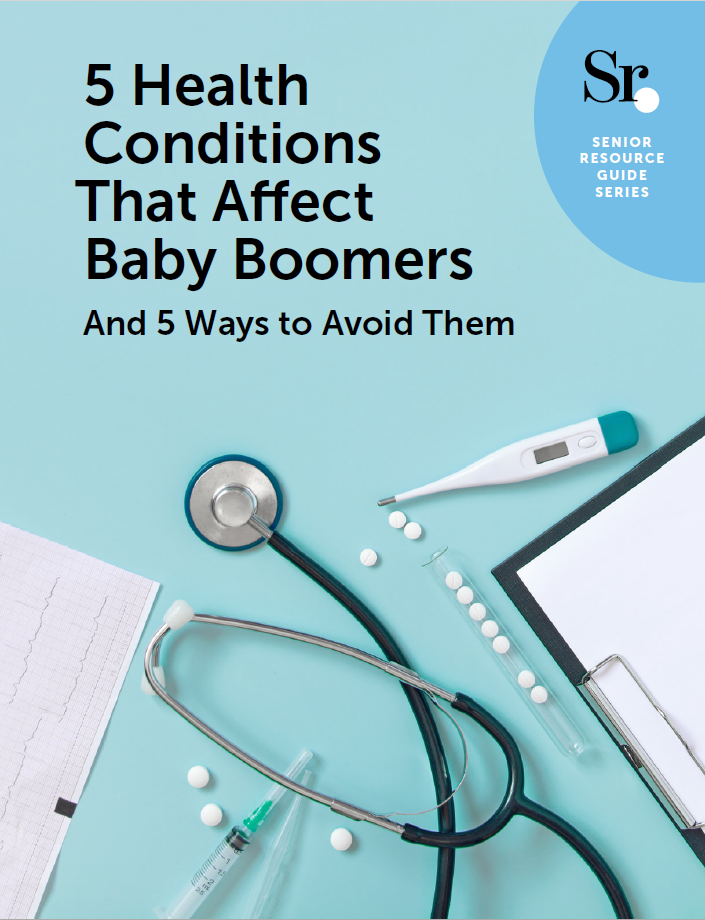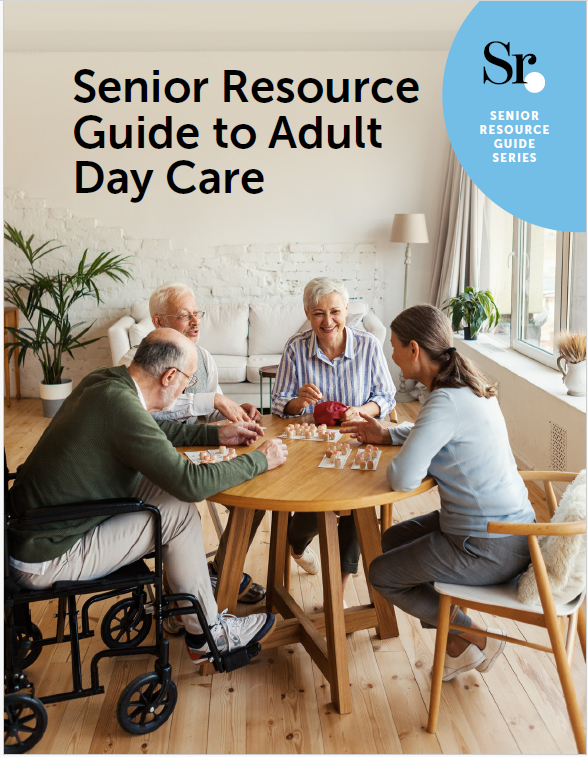Don’t Get Hit with Medicare Surprises! What High-Income Enrollees NEED to Know about Part D!

Dear Toni,
I’m turning 65 in June, self-employed, and my and my wife’s combined income is over $300,000. Recently, Social Security sent me a letter stating that my monthly Medicare Part B premium of $174.700 will double to $349.40 per month due to 2022 reported income. That was no surprise, but Social Security also said that the monthly adjustment for prescription drug coverage would be an additional $33.30 a month. What’s that about?
For context, I’m in excellent health and take NO prescriptions. If I didn’t apply for a Medicare prescription drug plan, do I still have to pay the “extra” $33.30?
Does applying for a Medicare Advantage plan including Part D, instead of Original Medicare and a Medicare supplement, help me to avoid the additional $174.70 per month for Part B and the $33.30 per month extra premium for the Medicare Part D prescription drug plan?
Thanks,
Mike from Houston, TX
Mike,
I’m so sorry to say this, but you can’t avoid the additional IRMAA (Income Related Monthly Adjusted Amount) premiums if your income is above a certain limit no matter. This stands whether you choose to enroll in Original Medicare and a Medicare Supplement with a stand-alone Medicare Prescription drug plan (Part D), or a Medicare Advantage plan (Part C) with a prescription drug plan.
Enrolling in a Medicare Advantage plan instead of Original Medicare with a Medicare Supplement and a Medicare Part D plan does NOT keep Medicare or Social Security from charging the additional IRMAA premium for both Medicare Parts B and D.
IRMAA Rules

The IRMAA rule for Medicare Part D’s additional IRMAA premium went into effect on January 1, 2011. New Medicare Part B and D premiums for all income levels are released every fall. Social Security bases your rates on both your and your spouse’s income (whether they’re Medicare age or not). The income levels are based on individual or joint tax return yearly filings. The MAGI (Modified Adjusted Gross Income) amount reported on your yearly income taxes is what triggers the IRMAA increase.
As you stated, Mike, your joint income is over $300,000. Therefore, your Medicare prescription drug plan, from either a Medicare Advantage with a Prescription Drug Plan or a stand-alone Medicare Prescription Drug plan, will include the additional $33.30 IRMAA premium for Medicare Part D.
Although you aren’t taking prescriptions, it’s not wise to decline enrolling in a Medicare Part D plan at the time you enroll in Medicare. Unfortunately, you’ll receive a Medicare Part D penalty when you enroll in Part D at a later date.
The Late Enrollment Period Penalty

The LEP (Late Enrollment Period) penalty for Medicare Part D can be charged to you because:
1. You waited 63 days without creditable prescription drug coverage upon leaving company benefits and are older than 65 years and 90 days.
Readers: Do NOT wait past 63 days to get Medicare Part D upon leaving company health insurance!
2. Your company’s prescription drug benefits (not health insurance) were not “creditable” as Medicare declares.
Click HERE to find out more about “creditable” prescription drugs.
3. You never enrolled in Medicare Part D at the time you enrolled in Medicare Part A and Part B when you turned 65, and now want to enroll.
Samuel, you were denied Medicare Part D prescription coverage because you met Medicare’s LEP (late enrollment penalty) rule. Unfortunately, you will receive the Part D penalty when you enroll during Medicare’s Annual Enrollment period. This penalty will last a lifetime.
Americans who plan to retire after 65, who are leaving their employer’s health plans and applying for Medicare Parts A and B, must also prove they have “creditable coverage” when applying for a Medicare Part D prescription drug plan. This is a Medicare rule. Don’t delay your Part D enrollment!
NOTE: This penalty lasts for as long as you are on Medicare!
Mike, since you’re turning 65 and self-employed, I’d advise you to enroll in both Medicare Part B and a Part D prescription drug plan during your Medicare Initial Enrollment Period (IEP). This may include Original Medicare with a Medicare supplement and a stand-alone Part D plan OR a Medicare Advantage. This will help you avoid the DREADED Medicare B and Part D penalties. Medicare’s IEP is the 3 months before turning 65, the month you turn 65, and 3 months after.
More Medicare Resources

Learn how to navigate Medicare with expert articles, advice, podcasts, and other senior resources, HERE!
Popular Articles About Medicare
Originally published April 19, 2024









